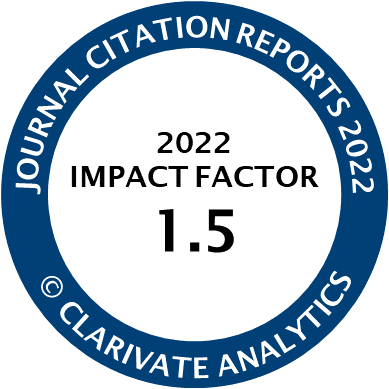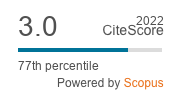Article | Open Access
Opening Doors or Slamming Them Shut? Online Learning Practices and Students with Disabilities
| Views: | 12055 | | | Downloads: | 8375 |
Abstract: Online learning has the potential to open doors to education for everyone who has access to the technology required to participate. Or does it? When it comes to social inclusion in online learning, who are the “haves” and who are the “have-nots?” Some online learning practices erect barriers to individuals with disabilities—uncaptioned videos are not accessible to students who are deaf, content presented only within graphic images is not accessible to individuals who are blind, unorganized content cluttered on a page creates barriers to some students with learning disabilities and attention deficits, web pages that require the use of a mouse are inaccessible to those who cannot operate a mouse. This article explores the question, “What online learning practices make social inclusion possible for individuals with disabilities?” The author answers this question with lessons learned from her own teaching experiences as well as those presented in research and practice literature. She also shares overall characteristics of distance learning programs that promote the social inclusion of students with disabilities in their courses. The author points out how making courses welcoming to, accessible to, and usable by individuals with disabilities may promote the social inclusion of other students as well. She recommends further dissemination and future research regarding inclusive practices in online learning.
Keywords: disabled students; inclusive learning; online learning; social inclusion; technologies
Published:
© Sheryl Burgstahler. This is an open access article distributed under the terms of the Creative Commons Attribution 4.0 license (http://creativecommons.org/licenses/by/4.0), which permits any use, distribution, and reproduction of the work without further permission provided the original author(s) and source are credited.




